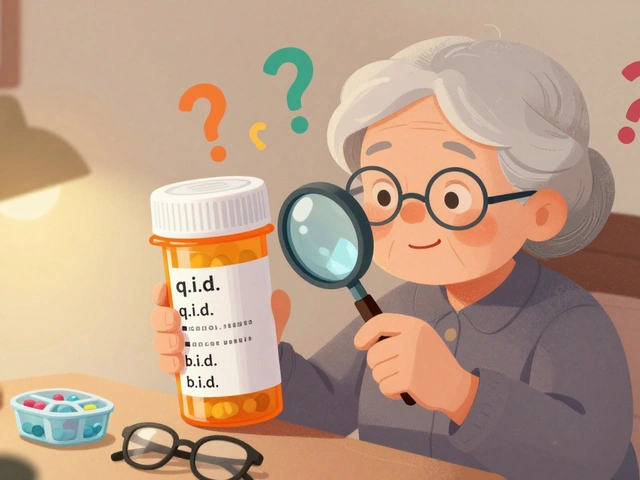
Pain Relief: Quick Tips, Best Meds & Simple Home Hacks
Dealing with a headache, sore muscles, or joint pain can ruin your day fast. The good news? You don’t need to suffer in silence. Below you’ll get straight‑forward advice on the most effective over‑the‑counter (OTC) options, when a prescription makes sense, and easy home tricks that actually work.
Common Over‑the‑Counter Painkillers
OTC pain relievers are the first line of defense for most aches. Here’s what you’ll find in the pharmacy aisle:
- Acetaminophen (Tylenol): Good for headaches and mild fever. It doesn’t reduce inflammation, so it’s not ideal for swollen joints.
- Ibuprofen (Advil, Motrin): Cuts pain *and* swelling. Take with food to protect your stomach.
- Naproxen (Aleve): Longer‑lasting than ibuprofen, great for back pain that lasts a day or more.
- Aspirin: Works well for minor muscle aches and can thin blood—talk to a doctor if you’re on blood thinners.
Read the label for dosing limits. If you need to take any of these for more than a few days, check with a pharmacist or your GP.
Natural & Home Remedies
You don’t always have to reach for a pill. Simple things around the house can cut pain fast:
- Cold packs: Apply for 15‑20 minutes on acute injuries or swelling. The cold numbs nerves and reduces fluid buildup.
- Heat therapy: Use a warm towel or heating pad for stiff muscles and chronic back pain. Heat increases blood flow, helping tissues relax.
- Gentle stretch: A short 5‑minute routine can loosen tight hamstrings, shoulders, or neck muscles that are causing aches.
- Epsom salt soak: Dissolve a cup of salts in warm bath water. Magnesium helps relax sore muscles and eases joint discomfort.
If you prefer plant‑based options, try a dab of capsaicin cream on joints or a cup of ginger tea for migraine‑type headaches. Both have mild anti‑inflammatory properties that many people find helpful.
When pain is tied to an underlying condition—like arthritis, sciatica, or chronic migraines—you’ll likely need more than OTC relief. Talk to your doctor about prescription choices such as low‑dose tricyclic antidepressants for nerve pain, or a short course of steroids for severe inflammation.
Remember, the best pain strategy mixes safe medication, smart lifestyle tweaks, and when needed, professional guidance. Keep a small pain‑relief kit at home: a bottle of ibuprofen, a reusable cold pack, and a guide to basic stretches. That way you’ll be ready to tackle any ache without delay.
Got a specific pain problem? Browse our related articles for deeper dives on topics like “How to Choose the Right OTC Painkiller” or “When to See a Doctor for Persistent Headaches.” HappyHead is here to help you stay comfortable and in control.
-
21 Sep

-
9 Jun

Ibuprofen: Everything You Actually Need to Know in 2025
Learn the real facts about ibuprofen: how it actually works, when you should use it, what side effects you should watch for, and how to take it safely. We dig into the latest expert advice and research on this common pain and fever medicine. From unexpected uses to what Aussies actually need to know about ibuprofen today, you’ll walk away armed with facts, not myths.






